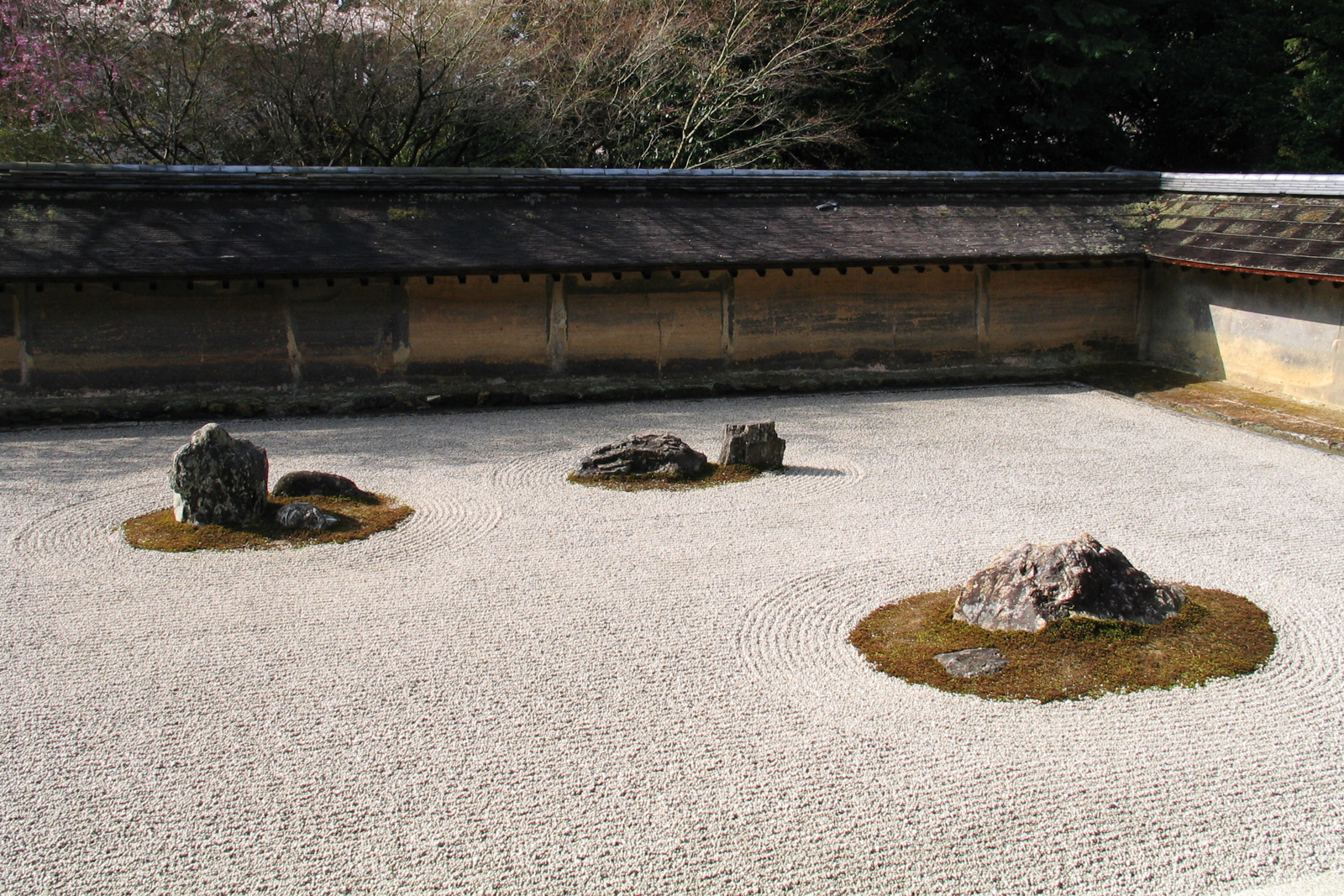In her study of the archetypes of storytelling, Kim Hudson* discovered a cycle she calls, "The Virgin's Promise," which is the feminine counter part of the masculine Hero's Journey. Hudson explains the complementary character of the patterns as follows:
"Although they are both stories about learning to stand alone, the Virgin story is about knowing her dream for herself and bringing it to life while surrounded by the influences of her kingdom. The Hero story is about facing mortal danger by leaving his village and proving he can exist in a larger world. The Virgin shifts her values over the course of her story to fully be herself in the world. The Hero is focused on developing his skills to actively do things that need to be done in the world. The Virgin is about self-fulfillment while the Hero is about self-sacrifice."Hudson is careful to point out that the gender association of each cycle is a matter of common experience, not necessity: men and women go through both patterns at different times and places in their lives. The determining factor is whether you are already a part of a community and immeshed in its web of expectations or whether you must leave your community and make your way in the world.
Like the Hero's Journey, there are thirteen beats or phases in the Virgin's Promise:
- Dependent World - "The Virgin's journey begins with an introduction to the world upon which she is dependent, in which a part of her is lying dormant."
- The Price of Conformity - "The Price of Conformity is the suppression of the Virgin's true self. When the Virgin subscribes to the views of the people around her, she experiences a loss of self."
- Opportunity to Shine - "The Opportunity to Shine is the action that leads to the first expression of the Virgin's potential."
- Dresses the Part - "Dresses the Part provides the viewer with a fun and pleasurable sense that perhaps dreams can come true and life is meant to have joy in it."
- The Secret World - "Once the Virgin has had a taste of living her dream and has made it a tangible reality, she creates a secret place in which it can thrive."
- No Longer Fits Her World - "Through spending time in her Secret World, the Virgin increases her power in the form of self-knowledge, and starts to see her dream as a possible reality. It is also becoming clear to the Virgin that she cannot juggle these two world forever."
- Caught Shining - "[R]eality hits and the Virgin must face the fact that she cannot keep her two worlds separated anymore. The Secret World and the Dependent World collide and the feared consequences manifest. The Virgin often finds herself punished, shamed, or exiled."
- Gives Up What Kept Her Stuck - "[T]he Virgin must sacrifice some of her past to move into her future. Gives Up What Kept Her Stuck is the major turning point in the psychological growth of the Virgin."
- Kingdom in Chaos - "A ripple effect takes place as the Virgin begins to change and the result is chaos in the kingdom."
- Wanders in the Wilderness - "[This] stage is a test of the Virgin's conviction and it is her moment of doubt."
- Chooses Her Light - "[T]he Virgin decides to trust herself and pursue her dream or passion, whatever happens. ... She would rather shine than be safe or maintain order."
- Re-ordering (Rescue) - The Re-ordering "recognizes the Virgin's true value when she is fulfilling her dream; and it reconnects the Virgin with a community."
- The Kingdom is Brighter - "The Virgin has challenged the kingdom and thrown it into chaos. They have accepted her back and made adjustments to accommodate her authentic nature or her dream. ... the kingdom comes to realize that it is better off ..."
* Kim Hudson, The Virgin's Promise
Image: Simon Howden / FreeDigitalPhotos.net








